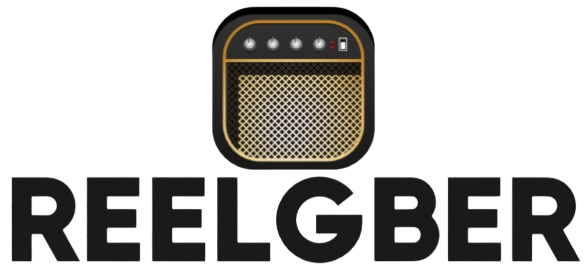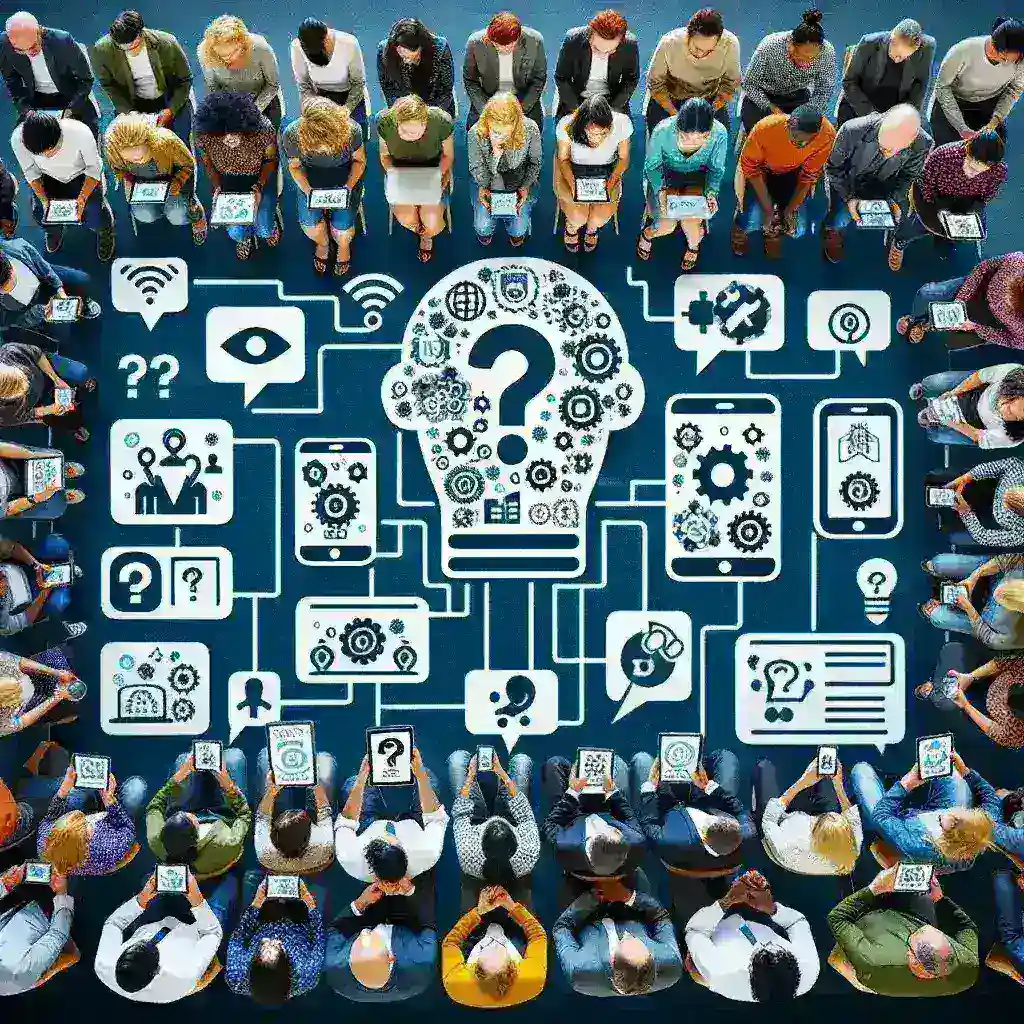Introduction
Kahoot, the beloved learning platform known for its engaging quizzes and interactive gameplay, has taken a significant leap forward by integrating Artificial Intelligence (AI) into its question bank. This innovative approach not only expands Kahoot’s repository but also enhances the quality and variety of questions available for educators and learners alike.
The Historical Context of Kahoot
Since its inception in 2013, Kahoot has transformed the educational landscape by making learning fun and interactive. By using game-based learning, Kahoot has captivated millions of users globally. However, as education evolves, so does the need for more diverse and challenging content. This necessity paved the way for the integration of AI into Kahoot’s question bank.
What Does the AI Integration Entail?
The AI integration signifies a robust enhancement in the way Kahoot generates and curates questions. With AI algorithms, Kahoot can now:
- Analyze User Performance: By evaluating how users respond to questions, AI can identify knowledge gaps and suggest content that caters to individual learning needs.
- Diverse Question Generation: AI can create a wide array of questions, ranging from multiple-choice to true/false and open-ended questions, ensuring a rich learning experience.
- Real-time Feedback: The integration allows for instantaneous feedback to learners, promoting a more dynamic and responsive learning environment.
Benefits of AI-Driven Question Bank Expansion
1. Personalized Learning Experience
One of the most significant advantages of Kahoot’s AI integration is the ability to provide a tailored learning experience. Educators can now leverage AI-driven insights to customize quizzes that cater specifically to their students’ needs. This personalization facilitates improved understanding and retention of knowledge.
2. Enhanced Engagement
With a broader variety of questions and formats, students are likely to remain more engaged during the learning process. AI-generated content can introduce unique challenges that pique students’ interests and encourage participation.
3. Time Efficiency for Educators
The AI enhancement significantly reduces the preparation time for educators. Rather than spending hours crafting quizzes, teachers can utilize AI to generate high-quality questions quickly, allowing them to focus on delivering effective lessons.
4. Continuous Improvement
The AI system is designed to evolve continuously. With each quiz taken, the platform gathers more data, refining its algorithms to produce even better question sets over time. This iterative improvement ensures that Kahoot remains at the forefront of educational technology.
Challenges and Considerations
1. Quality Control
While AI can efficiently generate questions, there is an ongoing concern regarding the quality of the content produced. Not all AI-generated questions may meet educational standards, necessitating a robust oversight mechanism to ensure quality control.
2. Dependence on Technology
As Kahoot leans more into AI, there is a risk of over-reliance on technology. Educators must balance the use of AI-generated questions with traditional teaching methods to maintain a holistic approach to education.
Future Predictions for Kahoot and AI
As we look to the future, the potential for Kahoot’s AI question bank expansion is immense. The evolution of AI technology indicates that the platform could soon offer:
- Adaptive Learning Paths: AI could tailor quizzes not just based on performance but also adapt to learning styles.
- Integration with Other Learning Platforms: Collaborations with other educational tools could enhance the breadth of resources available to educators and students.
- Gamification of Learning: Further gamifying AI-generated quizzes could lead to even more engaging experiences for learners.
Real-Life Examples of AI in Education
Several educational institutions have already embraced AI for question generation and personalized learning. For instance, universities implementing AI-driven platforms have reported significant improvements in student engagement and academic performance. These advancements serve as a testament to the effectiveness of AI in shaping the educational experience.
Conclusion
The integration of AI into Kahoot’s question bank is a groundbreaking development that holds the potential to revolutionize the way educators teach and students learn. By expanding the variety and quality of questions, Kahoot not only enhances engagement but also fosters a personalized learning experience. As technology continues to evolve, the future of Kahoot and AI integration looks bright, promising a more effective and enjoyable educational landscape for all.

